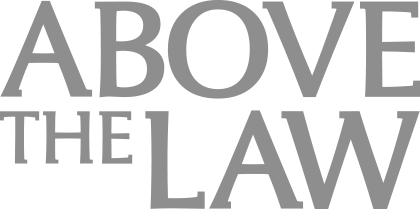One of the most consistent complaints INADEV Corp. CEO Ferhan Hamid has become accustomed to hearing from physicians and other healthcare professionals is why can’t consumer apps be adapted for enterprise-level use like in healthcare. Quickly following that one is another: why can’t apps be developed with more insight into the workflow of physicians and nurses instead of assuming they have a desk job?
At HIMSS last week, on Lockheed Martin’s stand, the company gave them their wish by offering a demo of the collaborative, multimedia notebook app, TaposeMD, it originally developed for consumers to fit into the healthcare space and reflect workflows.
INADEV helps customers in government and the commercial sectors develop mobile solutions and back-end connectivity, according to its website. Hamid, who comes from a government operations background, spoke with MedCity News in a phone interview along with Rajdeep Junnarkar, the vice president for mobile products and solutions with the company.

Tackling Rising Drug Costs and Growing Popularity of GLP-1’s
See how Quantum Health is providing the steps to help their members tackle the cost of specialty medications and other drugs.
The TaposeMD app, currently for iPads only with plans to expand it to other platforms in the future, uses a patented split screen and lets users take notes on one side using the keyboard or a virtual pen. Users can consolidate video from scans, images such as X-rays, audio files from dictated notes and scanned documents by dragging them into a patient journal with a backup stored in the cloud. The template for the notes section can include a hospital specific or physician specific form or an intake form. It seems like a neat way to consolidate information.
“What we have here,” said Hamid, “is the ability to pull information from different electronic systems and make that available to different users across systems… The Intent is for this app to be used at a system-wide level.” The plan is for the app to be licensed on a per-user basis.
Asked what electronic medical records could be used with it, Hamid said the company is in talks with Cerner and added that Allscripts has been evaluating it as well.
“Physician offices and hospitals are really starting to demand innovation, and the app space in healthcare is ripe for disruption,” he said.
On the subject of data security, Hamid said providers could store the data in a private cloud or it could be pulled behind a hospital firewall.
The company has been working with George Washington University Hospital which recently started a two month pilot of the app in its emergency room. One that ends, it will take feedback and use it to fine tune the app and its settings.
It will be interesting to see how easily physicians can use this app in their practices or within hospitals. But it seems like an interesting approach to helping physicians organize and collaborate patient data.








